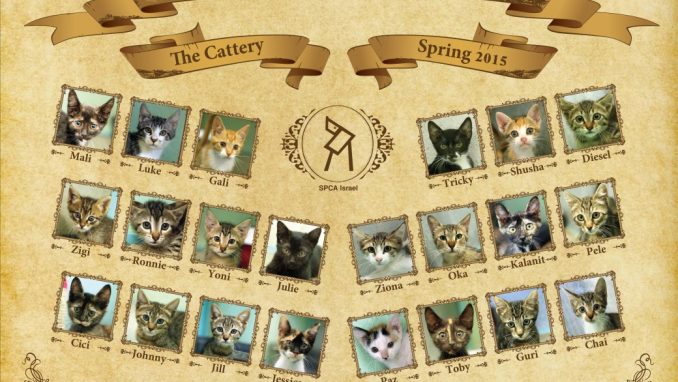
Class Photo
Tens of abandoned kittens, who were born last spring, are crying out for gentle hands to stroke them and warm homes to live in


If you love animals and are looking for a way to help, our dogs and cats are waiting for you!

Tens of abandoned kittens, who were born last spring, are crying out for gentle hands to stroke them and warm homes to live in
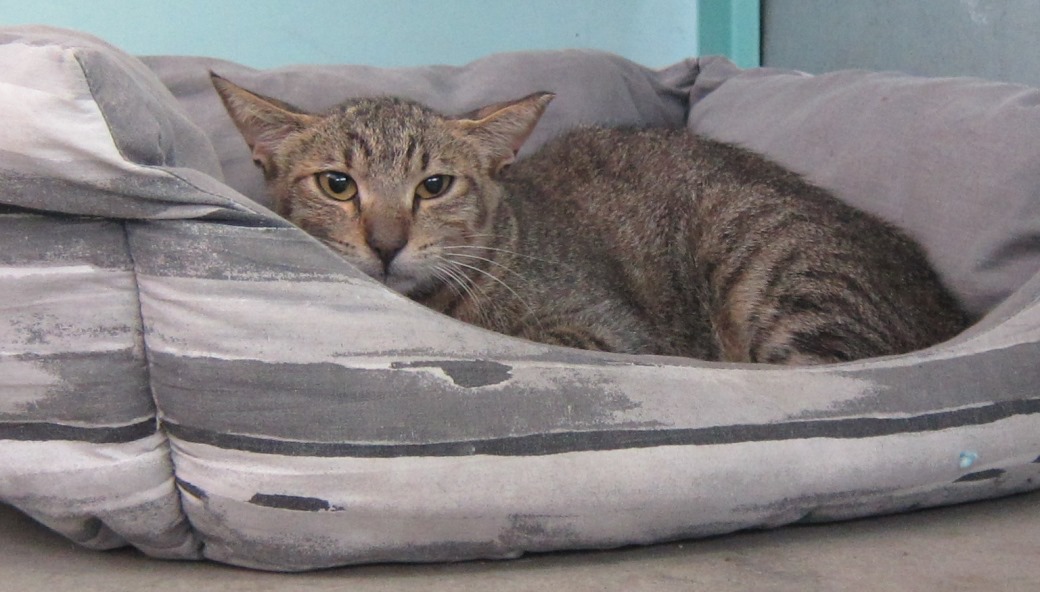
The SPCA Rescue Squad saved a homeless cat who was in distress while giving birth
A kitten that was stuck in a restaurant fireplace in Tel-Aviv was rescued
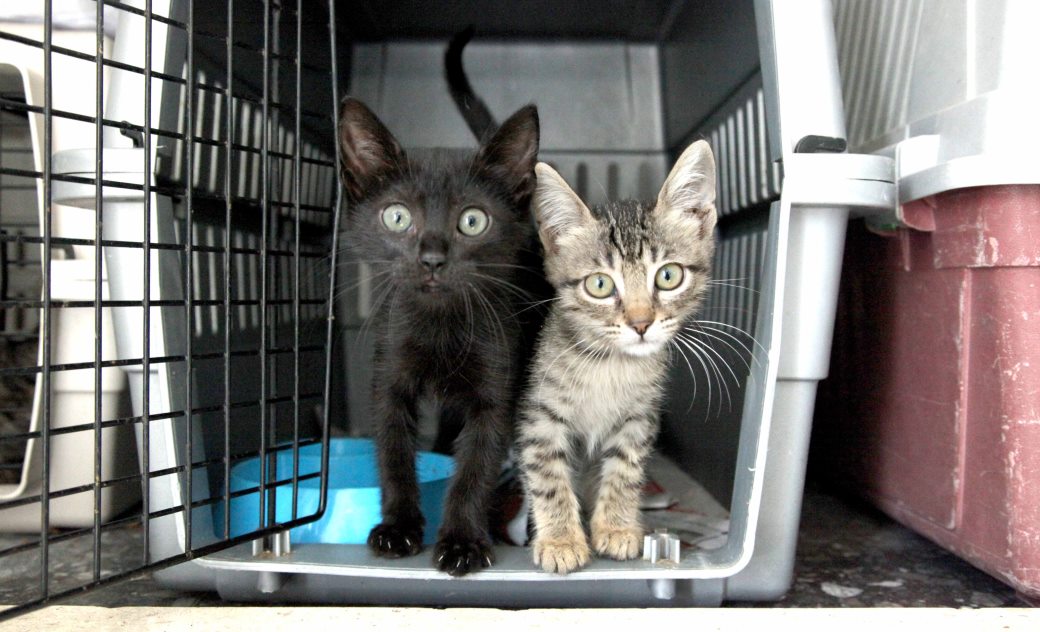
Two kittens were rescued from car engines on the same day
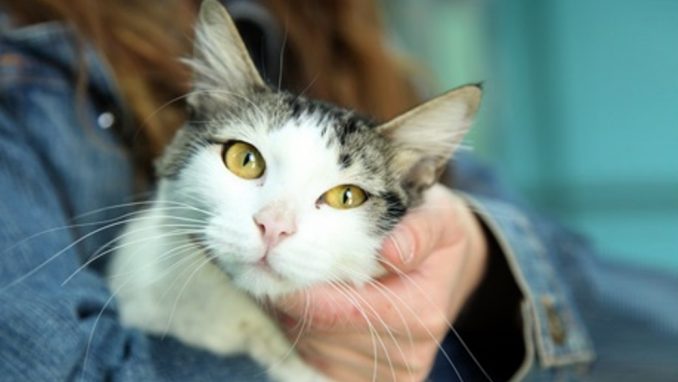
Cat behavior problems: Why does the cat bite a second after being petted?
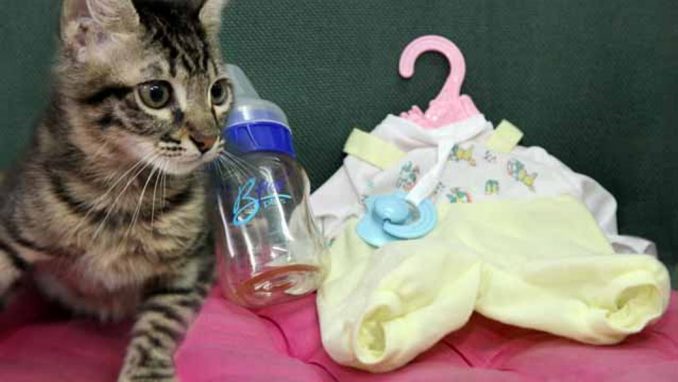
Congratulations! The birth is approaching, but with all the excitement around, you are troubled about how the new arrival will get along with your adult cat
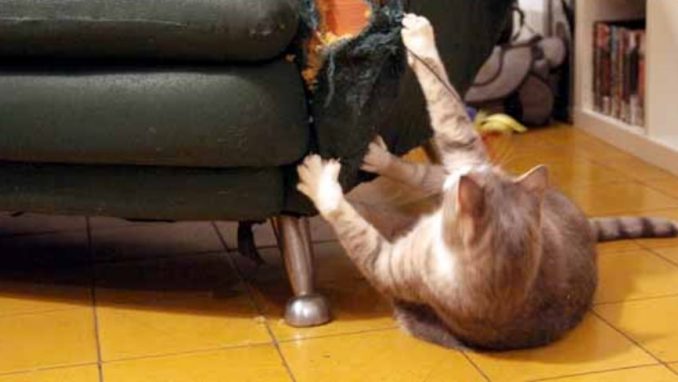
Behavioral problems of cats: How do we solve the problem of cats sharpening their claws on the furniture?
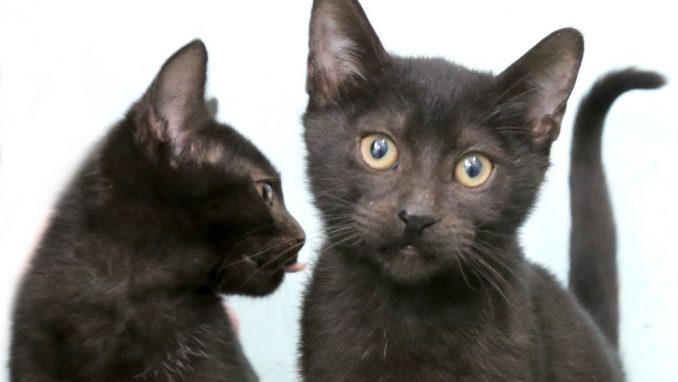
Is your cat not letting you sleep at night? A short adaptation period, including games, stimuli and patience, will solve the problem

FIV is a virus that is transferred only between cats, and is not infectious to humans or to other animals
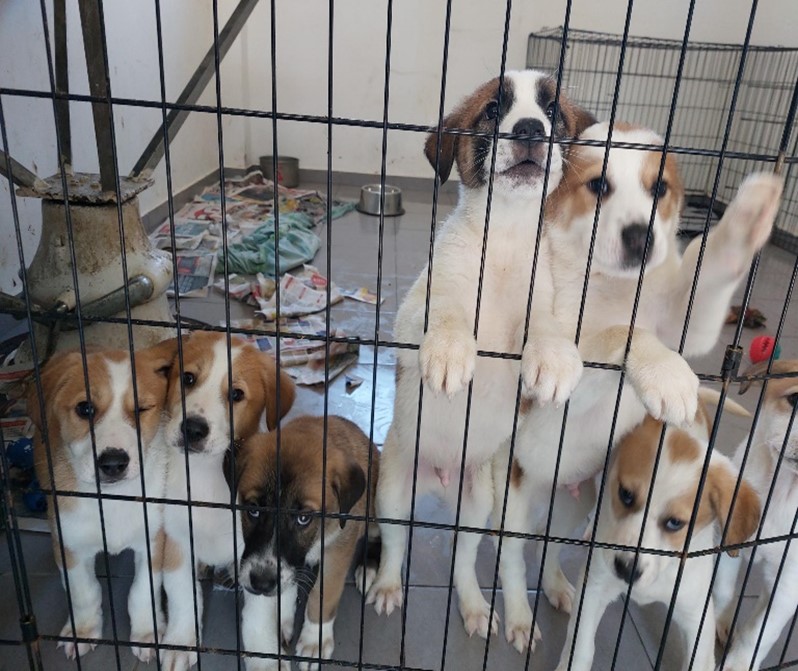
Every donation, even the smallest, will help us to help them